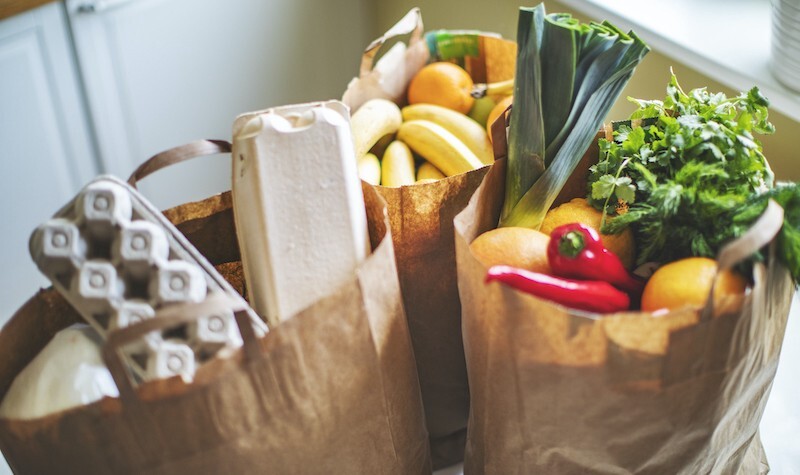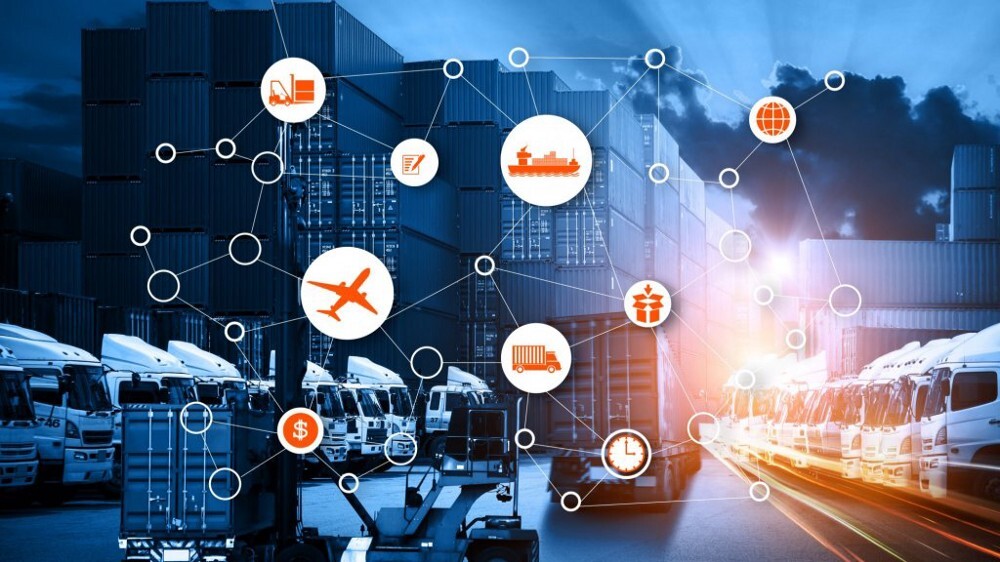Meet the next disruptor in the food supply chain: Blockchain
Not since the move from iceboxes to refrigerators has the food supply chain seen a positive disruption. Changing the way that we purchase, consume and understand food will take 21st-century technology.
However, the financial industry is not the only sector disrupted by blockchain. If deployed strategically, blockchain technology also has the capability of streamlining and disrupting the way that we utilize the entire food supply chain. In this way, blockchain can help to solve pressing food supply concerns, including safety recalls, fraud, and delivery inefficiencies, as well as maintain connections with farmers, help stores accurately track inventory, and more
What Is Blockchain?
There are a lot of misconceptions about what blockchain is and how it works. Put simply, blockchain is a unique type of distributed database that shares multiple nodes across a computer network.

Unlike traditional databases, blockchain accumulates groups of information, known as “blocks.” When a block reaches its storage capacity, it will connect to the last block and begin to form a “chain.”
By storing data in chains instead of tables, blockchain technology creates a tamper-proof timeline that acts as a ledger for past transactions.
Using blockchain, stakeholders can spread the information across multiple nodes and networks. This prevents any single entity from gaining exclusive control over the data. Blockchain also protects the integrity of the data by creating redundancy.
For instance, if a bad actor attempts to alter blockchain data by accessing a particular node, the other nodes will prevent the alteration from occurring. These auxiliary nodes also allow stakeholders to determine which access point the hacker used during the breach.
Use Cases for Blockchain in the Food
Supply Sector
Because blockchain can be utilized by everyone from small farmers in South America to large grocery chains in New York City, its uses are multiplied.

By using blockchain, organizations along the food supply chain can:
Enhance Food Traceability
The most powerful argument for blockchain technology is that it can significantly increase food tracing capabilities. Food tracing is necessary when foodborne diseases pose a risk to the health of consumers.
Distributors, retailers, and other entities along the food supply chain must efficiently identify the source of an outbreak so that they can take corrective action.
Presently, many stakeholders in the food supply ecosystem rely on manual data entry and tracking practices. This makes food tracing an extremely tedious and time-consuming process.
Blockchain technology would allow every organization involved in creating and distributing food to share information securely. They could leverage this data to trace food quickly and accurately in the event of contamination.
Minimize Food Recall and Waste
Distributors, retailers, and producers can significantly reduce food waste by enhancing food tracing capabilities. When the exact point of contamination cannot be rapidly identified, retailers are forced to recall massive amounts of food products. While this tactic ensures that contaminated foods are safely disposed of, thousands of otherwise safe products are also lost in the process.
Blockchain technology provides trusted and immutable data collection. Entities along the supply chain can utilize this information to improve recall practices, reduce spoilage, and deliver quality products to consumers.
Creates Much Needed Transparency
Transparency is as much a disruption as it is a valuable tool for suppliers and retailers seeking to be more straightforward about food sourcing. Consumers have become much more conscious about the foods they consume, which has increased the demand for transparency in the food supply chain.
Sourcing transparency is essential for individuals with allergies and food intolerances. In addition to learning about where food is grown, families with food allergies can learn more about the types of manufacturers handling the food along the way. When a consumer is allergic to eggs, a quick scan of a food product will let them know if eggs were used in production at any stage, whether or not it appears on the ingredient list (like albumin).
Blockchain technology will not only help to provide consumers with more information about the products they purchase, but it will also enhance candidness between the businesses that make up the food ecosystem.
Improved transparency will provide growers, manufacturers, and distributors with a more comprehensive view of the current supply and demand for various food products.
Overcoming Deployment Challenges
While blockchain technology is poised to disrupt the legacy food supply ecosystem, organizations that hope to effect real change must overcome one major challenge: The food supply chain is exceedingly complex.
Tracking one item from farm to plate involves monitoring it along multiple touchpoints. Each of these entities could be relying on a unique suite of software and IT infrastructure to manage its day-to-day operations.
Blockchain deployment organizations will successfully navigate this hurdle by developing a customizable, flexible solution that seamlessly integrates with existing infrastructure.
Farm to Plate’s innovative technology tools include superior traceability, affordable pricing, seamless integration, and an open-source platform. Consumers, suppliers, farmers and every traceable source in between can utilize blockchain as disruptors improving food security and supply sustainability.
Written by- Pramod Sajja
